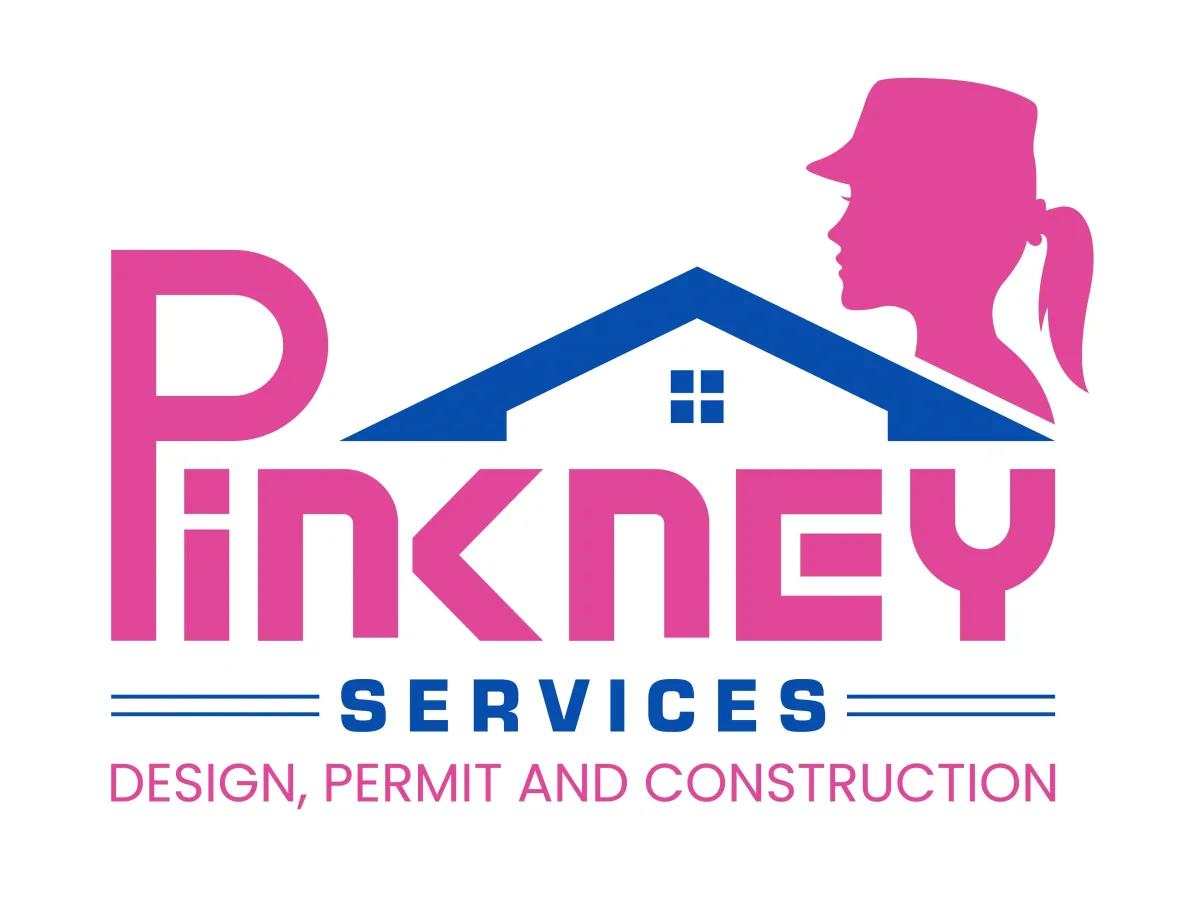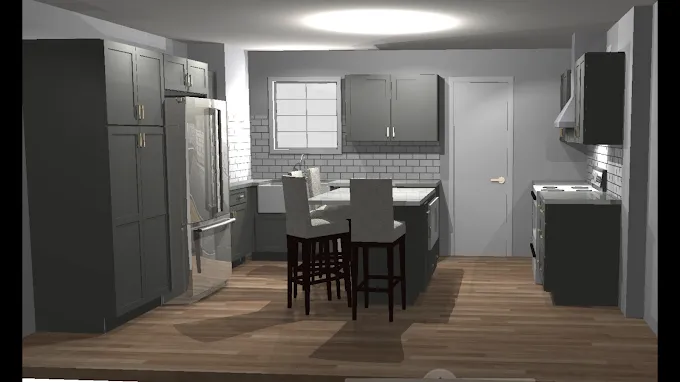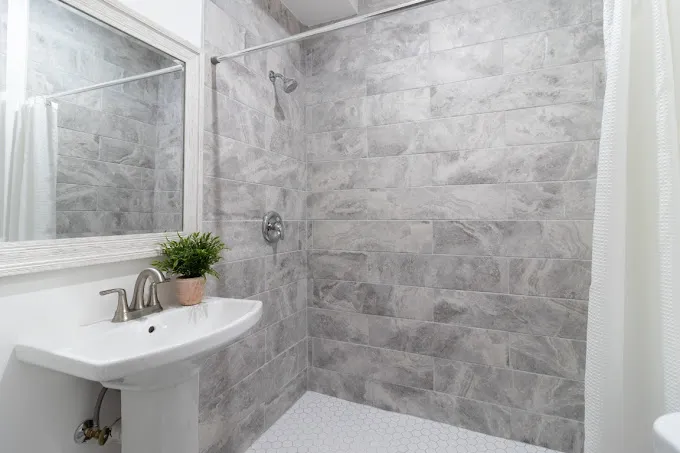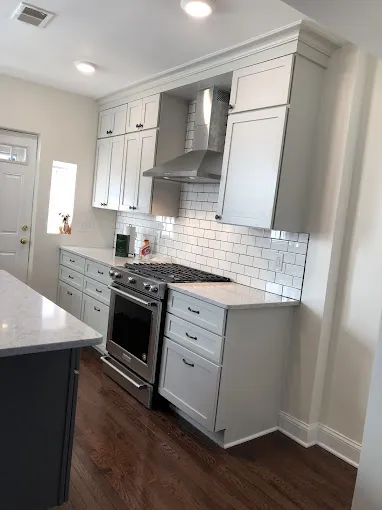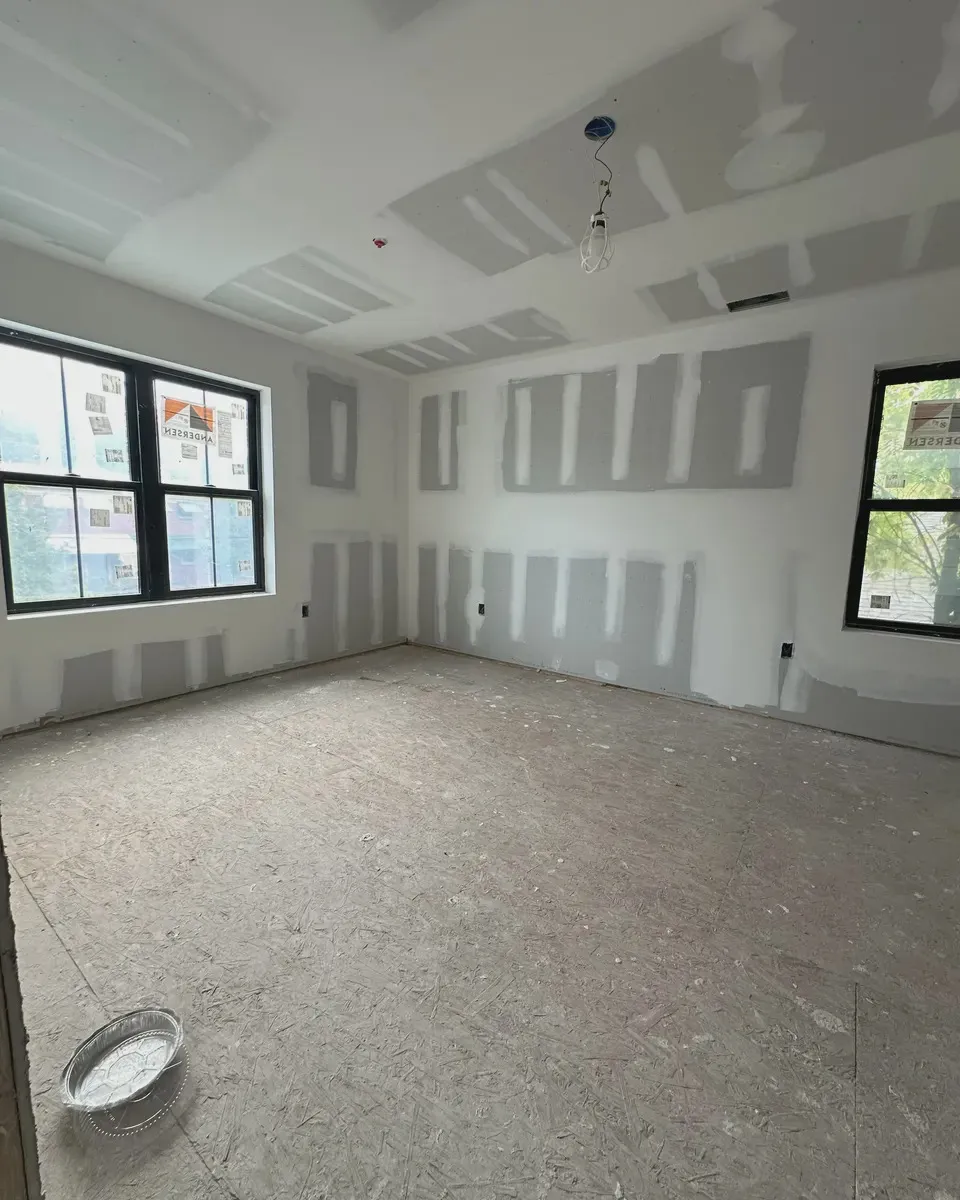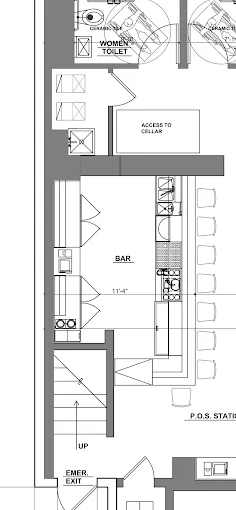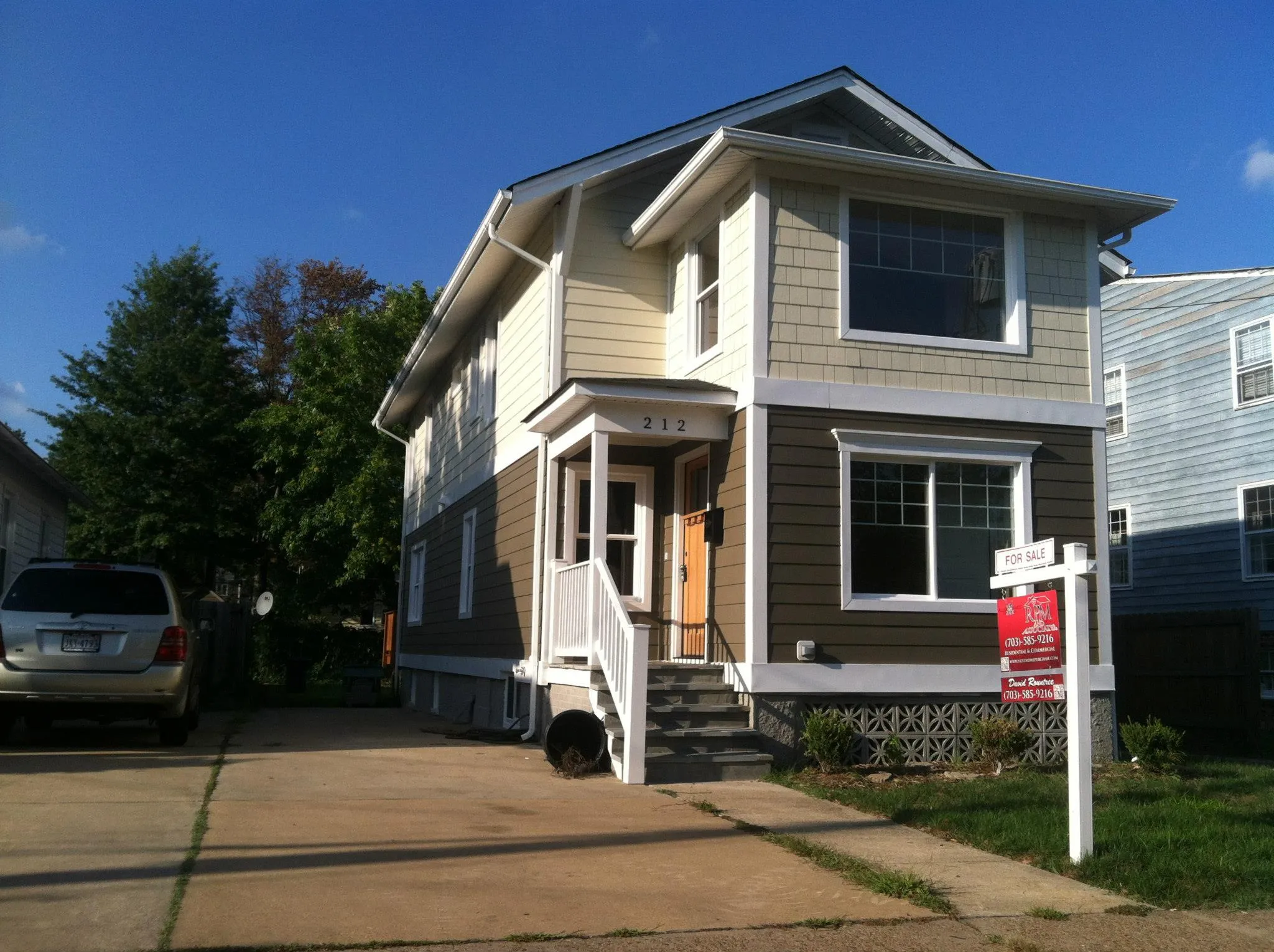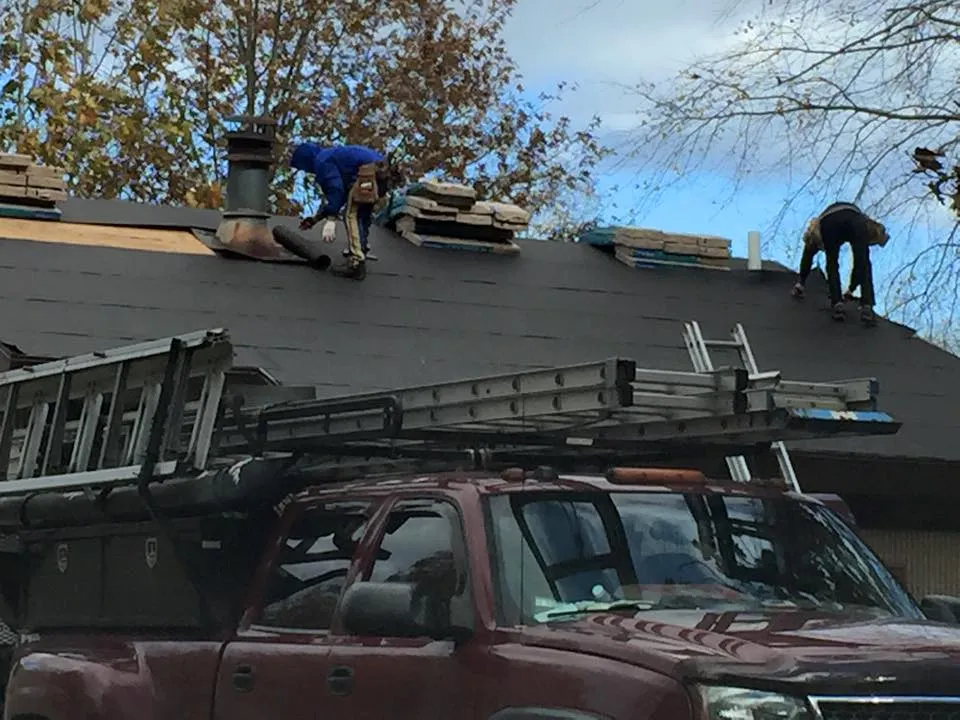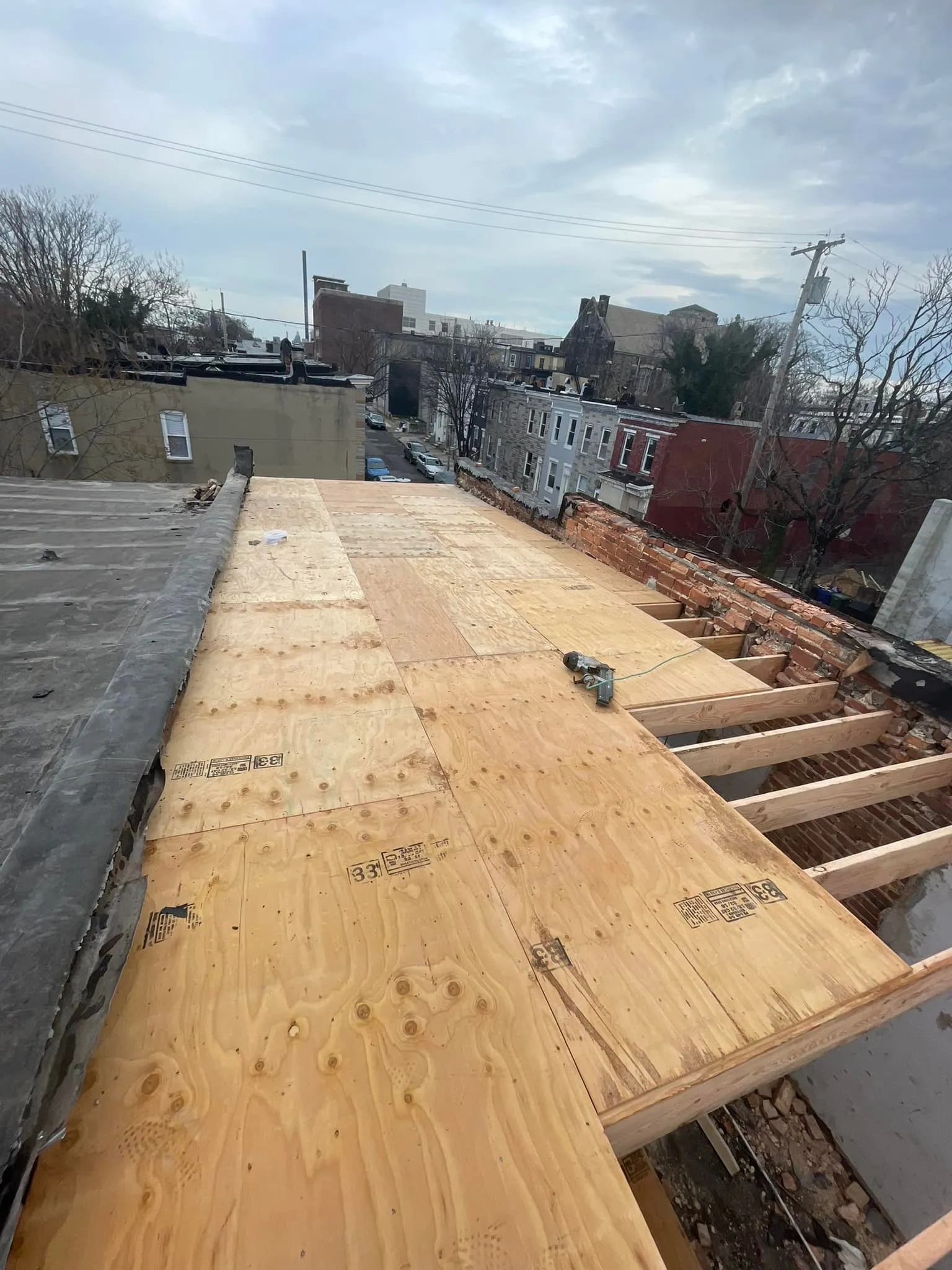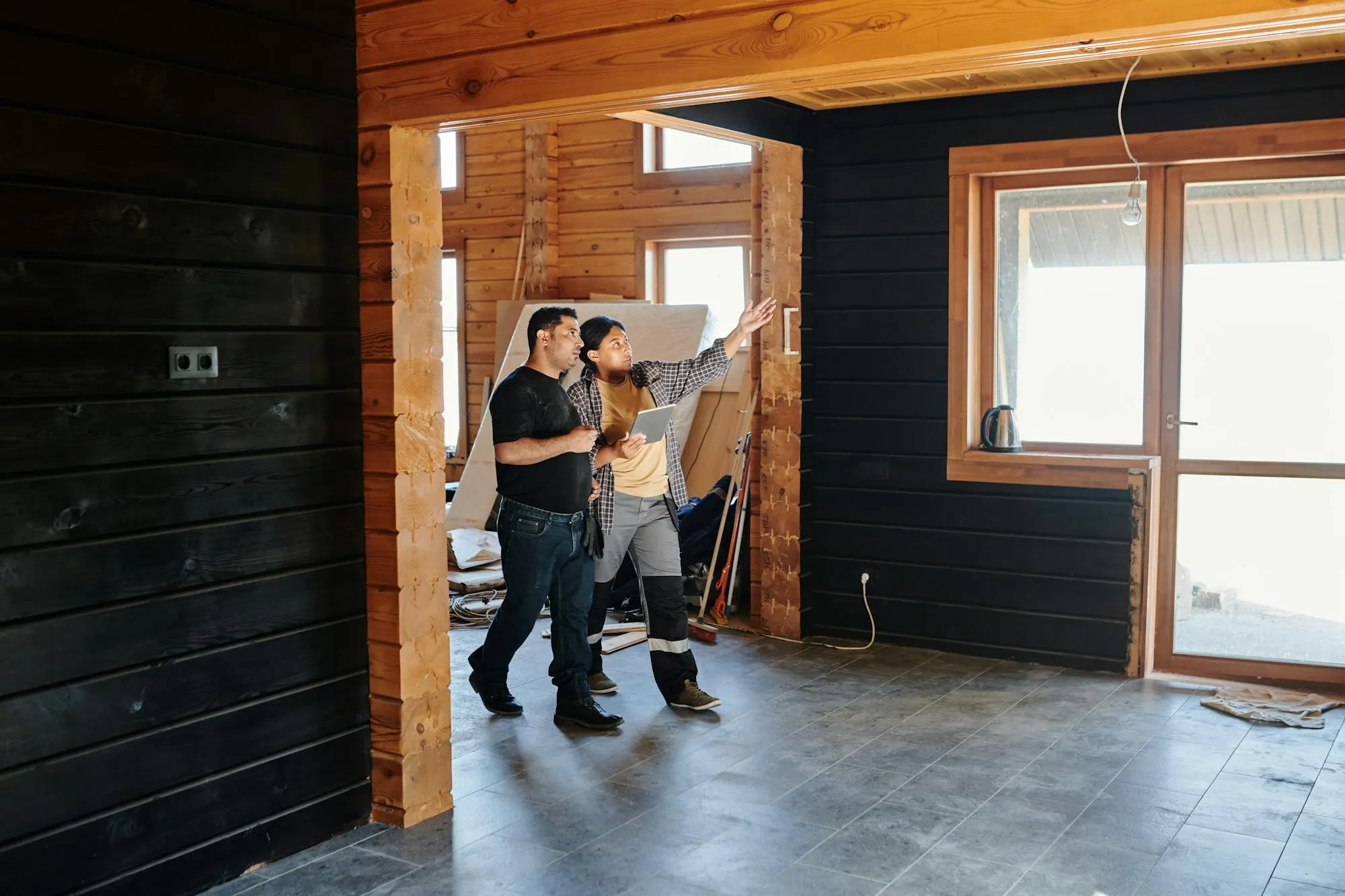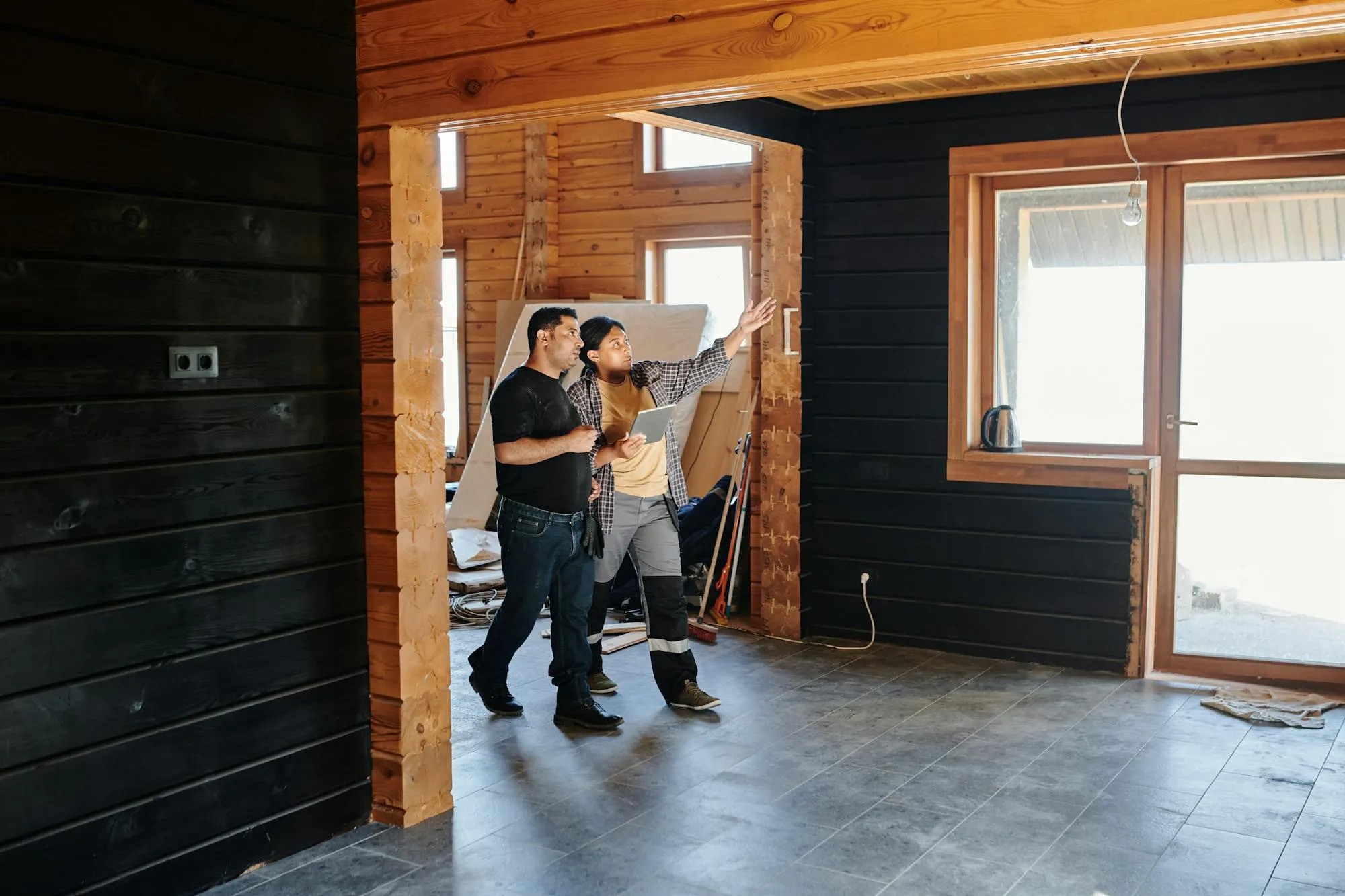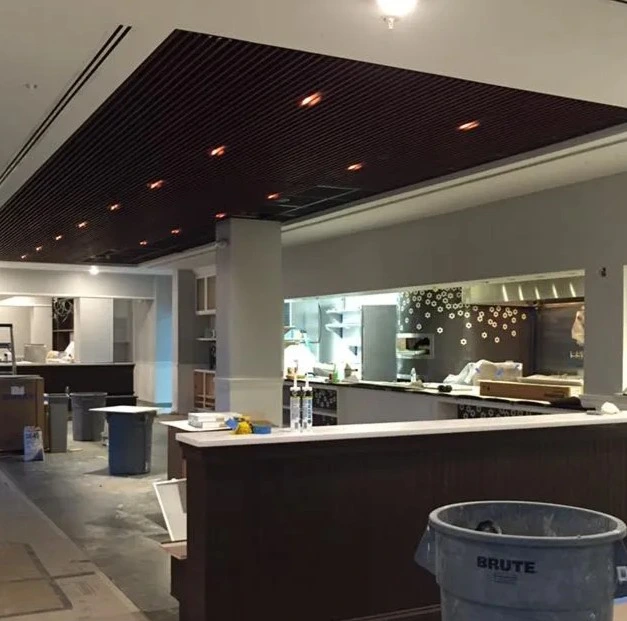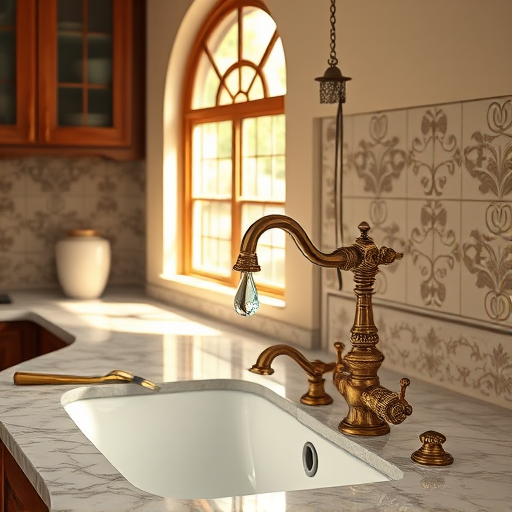
How to Fix a Leaky Kitchen Faucet: Easy DIY Repair Tips
Master the Secrets: How to Fix a Leaky Kitchen Faucet and Restore Your Peace of Mind
Few household problems are as nagging and disruptive as a leaky kitchen faucet. Whether it's a steady drip that echoes through your day or a constant stream that increases your water bill, a leaky faucet is more than just an annoyance—it's a sign that your plumbing needs attention. Fortunately, with the right knowledge and tools, you can tackle this common issue yourself, saving money and preventing further damage.
Understanding the root causes of a leaky kitchen faucet is the first step toward effective repair. Common culprits include worn-out washers, damaged O-rings, corroded valve seats, or broken cartridge components. Over time, mineral deposits can build up, leading to deterioration of internal parts. Additionally, improper installation or sudden pressure surges can accelerate wear and tear.
Each faucet type requires a specific approach for repair. The primary categories include compression, cartridge, ball, and ceramic disk faucets. Recognizing your faucet type helps you prepare correctly. Typically, the type can be identified by examining the handle mechanism and internal components:
- Compression Faucets: Have separate hot and cold handles that need tightening or replacing washers.
- Cartridge Faucets: Feature a single handle that controls both water temperatures.
- Ball Faucets: Usually have a single lever with a ball-shaped component inside.
- Ceramic Disk Faucets: Use a ceramic cylinder that controls water flow.
Not sure which faucet you own? Consult a professional or visit your local hardware store to ensure you select the correct replacement parts.
Preparation is key. Gather the following tools before starting your repair:
- Adjustable wrench
- Phillips and flat-head screwdrivers
- Replacement washers and O-rings
- Vaseline or plumber's grease
- Plumber's tape (Teflon tape)
- Clean rag or cloth
Having these supplies at hand will streamline the process and reduce frustration during repair efforts.
While the repair process varies based on faucet type, the following general steps will guide you through most common repairs:
Locate the shut-off valves under the sink and turn them clockwise to stop water flow. Open the faucet to drain remaining water and prevent spills.
Use the appropriate screwdriver to loosen and remove the handle. Depending on your faucet, you may need to unscrew a cap or cover plate first.
Examine washers, O-rings, and cartridge components for signs of wear or damage. Replace any parts that appear deteriorated or cracked.
Use a cloth to clean mineral deposits and apply plumber's grease to moving parts for smooth operation.
Carefully put all parts back together, ensuring everything fits snugly. Turn the water supply back on and check for leaks.
By following these steps, many homeowners can successfully fix their leaks. However, if persistent issues remain, professional assistance from [Pinkney Services](https://pinkneyservices.com/post/home-improvement-1999) can ensure a reliable resolution.
DIY repairs are feasible for common leak issues and can be efficient if you have some basic plumbing skills. However, complex problems, such as damaged valve seats or internal cartridge failures, might require professional expertise. Remember, improper repairs can lead to further damage or leaks, increasing costs over time.
For those seeking a seamless upgrade or comprehensive kitchen improvements, exploring options like affordable kitchen remodeling in Washington, D.C. can transform your space into a modern haven.
- Skipping the step of turning off the water supply, leading to accidents or water damage
- Forgetting to replace worn-out washers or O-rings, resulting in recurring leaks
- Over-tightening components, which can crack plastic parts or damage internal mechanisms
- Using the wrong tools or incompatible parts, causing more problems than solutions
- Ignoring mineral buildup, which can hinder proper functioning
Regular maintenance plays a vital role. Consider these best practices:
- Schedule annual inspections and cleaning of faucet components
- Use a water softener if you have hard water to reduce mineral buildup
- Replace washers and O-rings at the first sign of deterioration
- Ensure proper installation when installing new fixtures or remodeling
- Address plumbing issues promptly to prevent secondary damage
Absolutely. Upgrading your faucet not only fixes leaks but also improves usability and energy efficiency. Modern designs offer features like touchless control, pull-out sprayers, and eco-friendly water flow options. To explore a wide range of customizable fixtures, visit [Custom Kitchen Cabinetry Installation](https://pinkneyservices.com/post/custom-kitchen-cabinetry-installation-capitol-hill-district-of-columbia), which can complement your new faucet and elevate your kitchen's style.
If DIY isn’t your forte, professional services are readily available. Pinkney Services specializes in comprehensive plumbing and kitchen remodeling projects. From fixing stubborn leaks to transforming your entire space, our team offers reliable, high-quality service tailored to your needs. Discover what makes us a trusted partner in home improvement by visiting our home remodeling page.
Most common repairs can be completed within 30 minutes to an hour, depending on the complexity of the issue and your familiarity with plumbing tools.
Minor leaks can often be fixed yourself with basic tools and replacement parts. However, if the leak persists after your efforts or if you’re unsure, consulting a professional ensures safety and long-term functionality.
If your faucet repeatedly leaks despite repairs, shows signs of excessive corrosion, or is outdated with incompatible parts, replacing it might be the most cost-effective solution.
Follow detailed instructions, use the correct replacement parts, and don’t rush the process. Taking your time and double-checking your work can prevent recurring problems.
Fixing a leaky kitchen faucet is a manageable task that saves money and enhances your home environment. By understanding the causes, preparing the right tools, and following systematic steps, you can restore your kitchen’s efficiency and peace of mind. If you prefer expert assistance or want to explore full kitchen remodels, Pinkney Services is here to help with top-tier solutions tailored to your needs.
